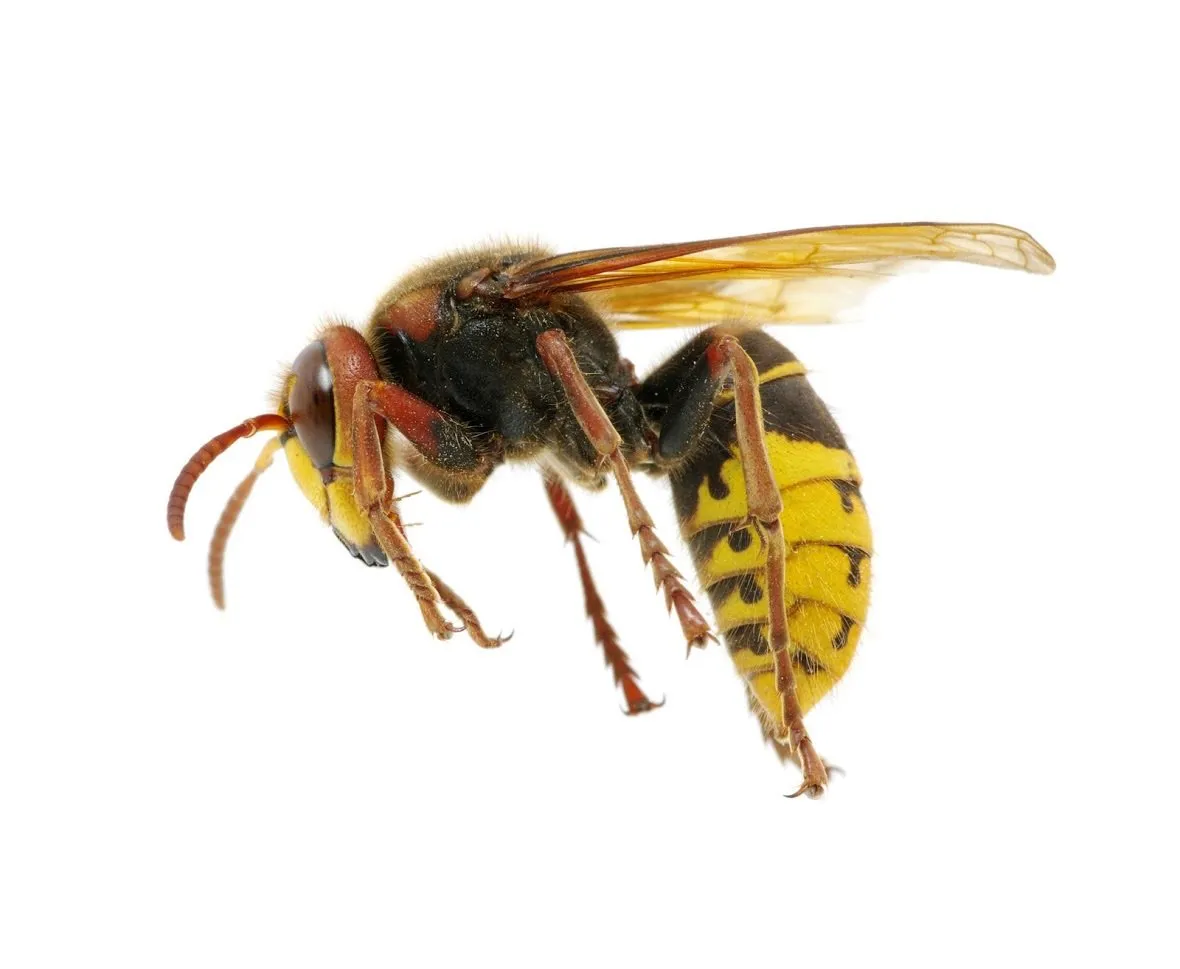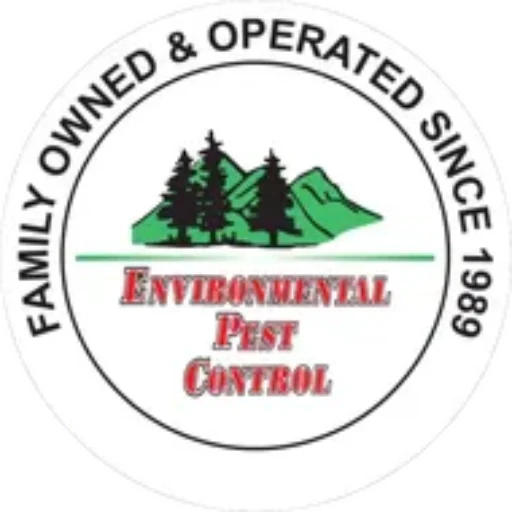STINGING INSECTS: 5 FACTS ABOUT YOUR LEAST FAVORITE PESTS

You might describe ants as annoying or cockroaches as gross. But when it comes to stinging insects like bees and wasps, you’re likely to use even stronger language like scary and dangerous.
On one hand, you’re right to be scared – these insects can harm you, especially if you’re allergic to their venom. On the other hand, stinging insects are often misunderstood, and that misunderstanding may account for some of your fear. Fear no more. Here are five interesting and helpful facts about stinging insects.
1. All Hornets Are Wasps, but Not All Wasps Are Hornets
Bees are fairly easy to distinguish from wasps and hornets. Bees are fuzzy pollen collectors belonging to the superfamily Apoidea, whereas wasps and hornets have smooth bodies and belong to the family Vespidae.
The difference between wasps and hornets is less understood. A few of largest wasp species are called hornets. The European hornet is the only hornet species found in North America. So you would not be wrong to call a hornet a wasp, but most of the wasps you see are paper wasps or mud daubers – not hornets.
2. Stinging Insect Allergies Are Very Common
Chances are, you know someone – or perhaps even a few people – who are allergic to stinging insects. If a person is allergic to bees, they also tend to be allergic to wasps and poisonous ants. So if your friend has an allergy to bees and is stung by an insect, help them seek medical care as soon as possible, even if you think the insect that stung them was a wasp.
About 100 people die in the U.S. due to an anaphylaxis reaction to an insect sting, so call 911 immediately if you or a friend experience rapid swelling, trouble breathing, wheezing, dizziness, nausea, hives, or loss of consciousness after a sting.
3. Stinging Insects Use Pheromones to Communicate
Pheromones are chemicals that many animals release as a way to communicate with others of their species. Both bees and wasps release certain pheromones when they sting or when they become injured. These pheromones put the other insects on alert and may make them aggressive.
So if you are stung by a bee or wasp, leave the area quickly in case you were near a nest. If you know you are near a nest, avoid swinging at or otherwise trying to kill a bee or wasp.
4. Wasps Can Sting More than Once
You’ve probably heard that a bee can only sting you once, and then it dies. This is true; a bee’s stinger gets stuck in its victim’s skin, which ultimately kills the bee. This is not true for wasps, however. Their stingers are more firmly attached to their bodies, and they can sting again and again – so if one stings you, move away from the area before it has a chance to sting you again.
5. Bees Are in Danger
If you come across a wasp nest, you may have it sprayed and removed. But with bees, you need to take a different approach. Bee populations are dwindling. By some estimates, in the U.S., the number of honey bee colonies per hectare has decreased by 90% since the 1960s. Humans rely on honey bees to pollen most common food crops, so declining bee populations are bad news for everyone.
Do your part to help the bees by never using insecticides when you discover a nest. Instead, have a beekeeper come to collect and relocate the bees to an area where they’ll be less of a nuisance and more of a help to growing crops.
Now that you know a bit more about them, you will hopefully feel less intimidated the next time you come across a bee or wasp. If you do have a bee or wasp nest on your property, contact Environmental Pest Control. Our professional exterminators can eradicate the wasps or work with local beekeepers to relocate the bees.
